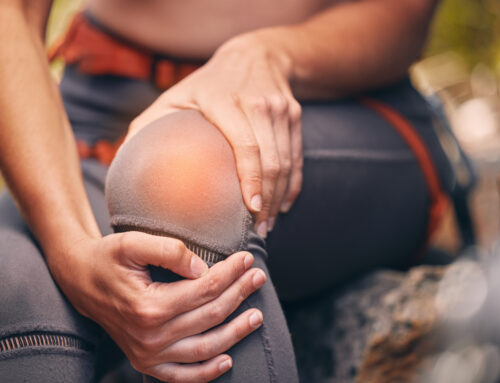There are numerous studies done on the interaction between movement (motor development) and cognitive function. Children who are more physically active perform better at tasks involving memory than sedentary children. With each new experience, the muscles form a movement pattern, often referred to as muscle memory. These movement patterns create new synapses in the brain enabling us to perform this movement again without having to re-invent the pattern. The more patterns we create and practice the more adept we are at navigating our bodies through the world.
We know the brain needs oxygen to survive and thrive. By moving, we increase oxygen flow to the brain, allowing the brain to function at an improved rate.
Learning Through Movement
We were built to move and our brains were built to learn through movement. Over time, our society has become more sedentary. Our kids start sitting for six hours a day at the age of five. Over the last 100 years, human society has been expected to learn in a more stationary environment. Our ancestors learned by moving and interacting with the world around them. Babies learn by movement – using all of their sensory systems together. Pick up a block, lick it, taste it, shake it, bang it on the new glass table… Now the baby knows what a block is and how her body interacts with that block.
A seemingly simple activity like climbing a tree teaches a child about physics and gravity, as well as biology (bugs, worms, tree textures) and visual spatial perspective (the view from the ground vs. up high in the tree). Core strength is developed along with balance and hand eye coordination. There are also psychological implications in this movement, the ability to know, “I have completed something hard and am proud of myself…and it’s fun!”
The Importance of Cross Training Your Muscles
Athletic ability or above average coordination skills give many kids a great advantage in general fitness. People gravitate toward activities where they have been successful. Children who are less skilled in motor tasks tend to shy away from sports, unfortunately leaving them with no outlet for fitness.
Fitness is often linked with athletic ability. We need to rethink this notion when it comes to a child’s health. Fitness should be a life-long pursuit of movement and interaction with the environment that makes your mind, body and spirit happy.
As a physical therapist, I believe that children should be involved in many different activities, giving them the opportunity to cross train. It is unfortunate to see a high school athlete in my clinic with an injury that prevents them from “their” sport, then they have no outlet. Whereas a child who has participated in many activities can continue to be active. For example, a high school soccer player with knee pain can switch to swimming until knee pain is resolved.
Resources for Kids to Get Moving!
Our friends at KidSpot have come up with a list of 50 ways to get kids moving. We all need ideas in this digital age, especially with the majority of kids learning from a Zoom screen these days. This article gives fun ideas like checking out the local fitness obstacle courses (there is a great new one at Cyan park in South Reno) or have a hula hoop challenge. It may even get the adults moving too!
The more a child explores movement, the more successful they will become at the movement patterns. If our children grow up loving movement then as they age, they will be more likely to maintain healthy weight, muscular strength and fitness levels. They will be less likely to get injured, lose balance skills, and even more impressive, less likely to have problems with dementia and brain degeneration as they age.
School, studying and working are all important, but we must remember to take care of our bodies and encourage our children to do the same. Give our muscles and brain a breather by incorporating movement so we can continue to perform mentally and physically at our best.




